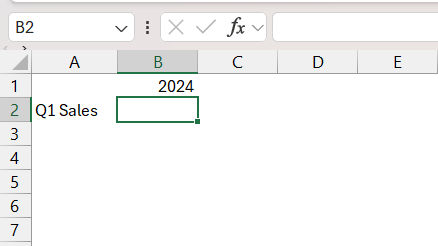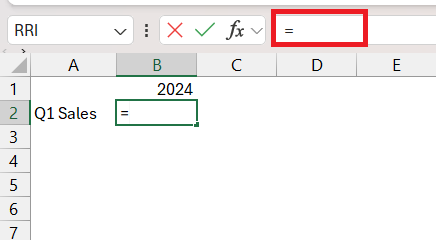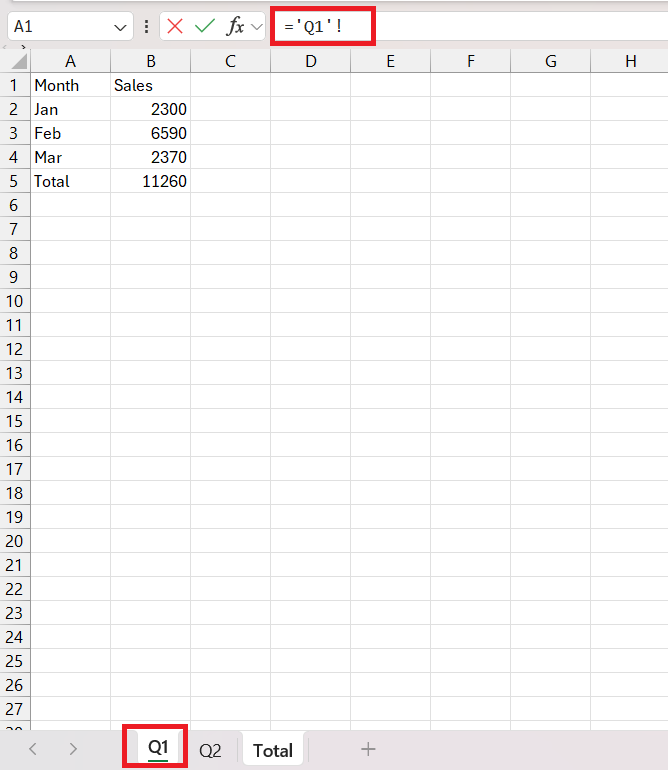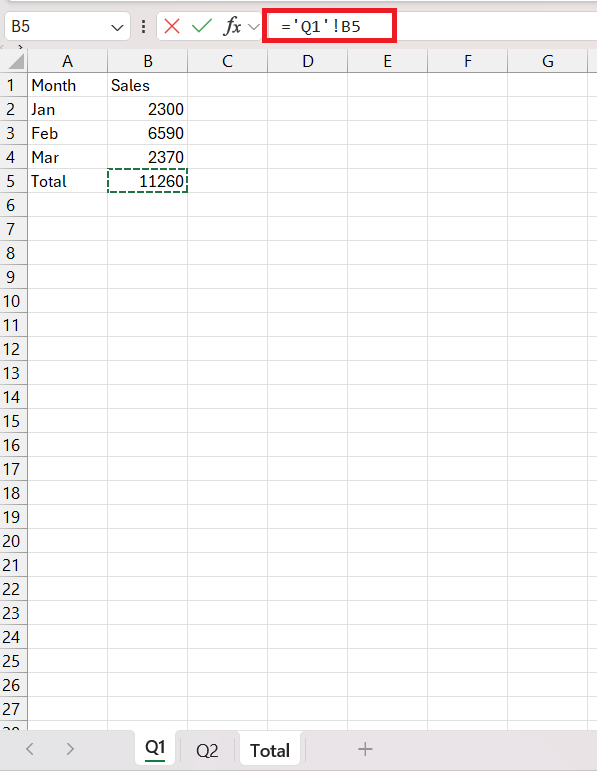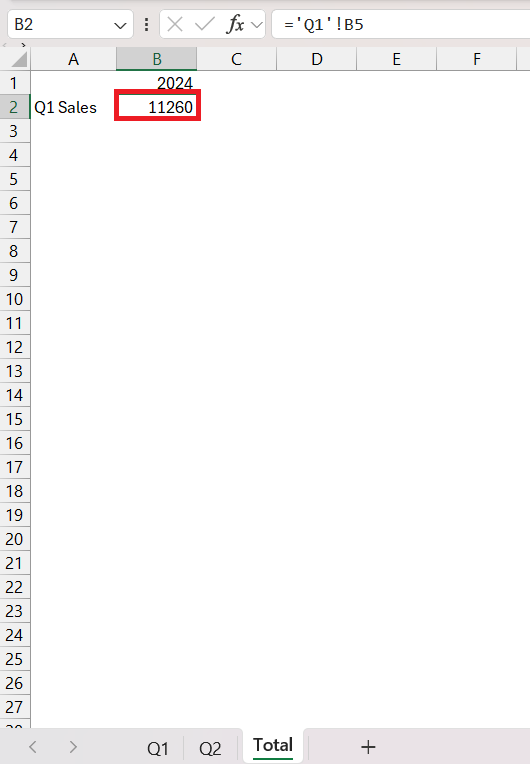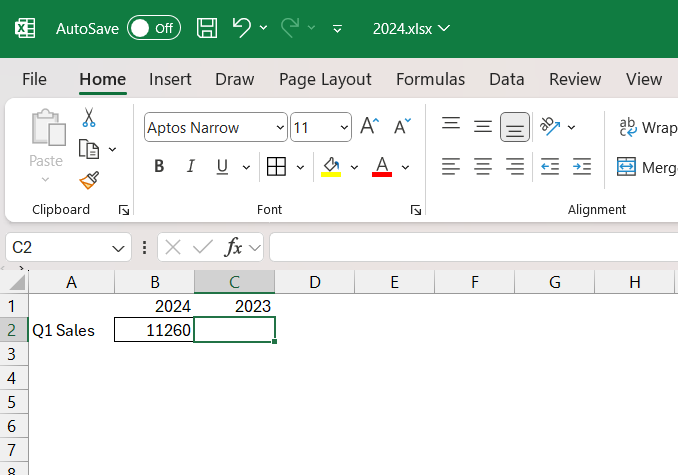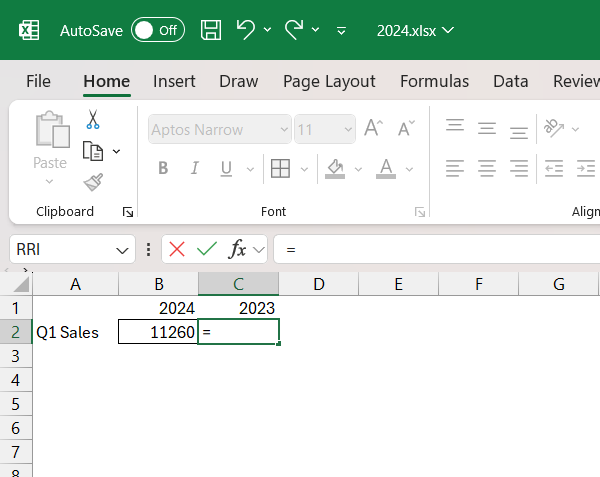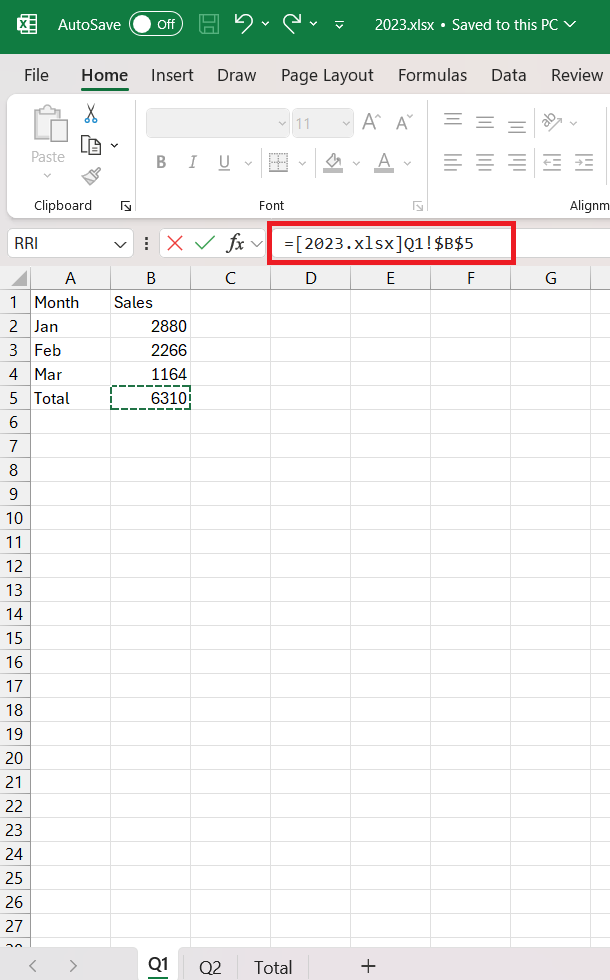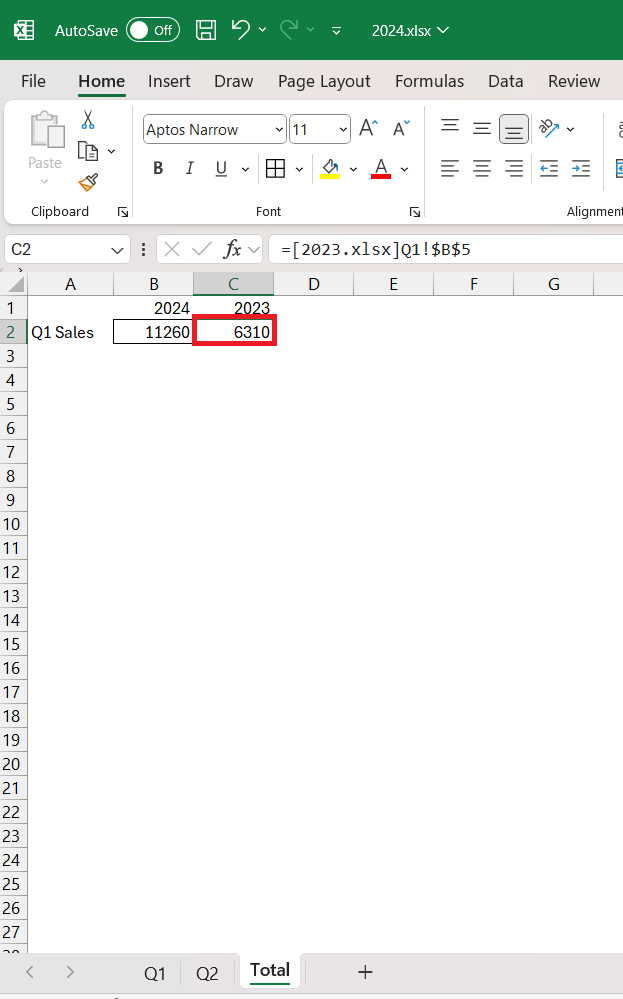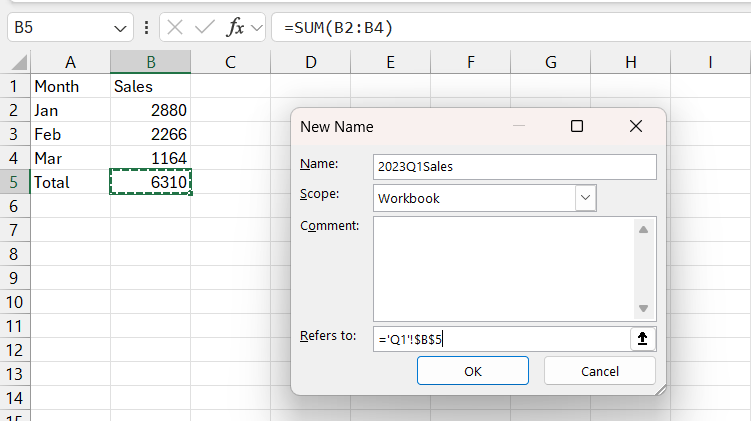Microsoft Excel is a powerhouse when it comes to handling data and connecting information from different sources. When you are working in Excel, you may need to pull data from different worksheets or another workbook as well. This can easily be achieved by creating a link between the worksheets i.e. within the same workbook or in different workbooks.
In this article, we’ll delve into the art of referencing another sheet, referencing another workbook, and even linking to a defined name (named range) in an external workbook.
Table of Contents
Let us look at each of these points in detail.
Download the Excel Workbook below to follow along and understand How to Reference Another Sheet in Excel – download excel workbook2024.xlsx
Table of Contents
Reference Another Sheet
When operating within a single workbook, referring to cells or ranges in another sheet is essential. Imagine seamlessly directing Excel to the precise data you require, be it a specific cell or a range in another worksheet of the same workbook.
Follow the steps below to reference another sheet in Excel –
STEP 1: Select the Target Cell.
STEP 2: Type the Equal Sign (=).
=
STEP 3: Go to the source worksheet from where you want to reference i.e. Q1.
=’Q1′!
STEP 4: Choose the cell or range you want to reference i.e. B5.
=’Q1′!B5
STEP 5: Press Enter to complete the formula.
Excel will generate the reference, incorporating the worksheet name and cell address. In this example, Excel will refer to cell B5 present in the Q1 worksheet.
Always remember to enclose the sheet name in single quotation marks if it contains spaces or non-alphabetical characters. Let’s say you want to reference cell A1 in a sheet named “Sales Data.” In this case, the formula would look like this –
=’Sales Data’!A1
Reference Another Workbook
Exploring beyond one worksheet opens up exciting possibilities. Connecting data from different workbooks is a powerful way to consolidate information. The specific syntax is based on whether the source workbook is open or closed.
For instance, you want to get the Q1 sales amount for the year 2023 in the 024 workbook. Follow the steps below to reference another workbook when both workbooks are opened –
STEP 1: Open the source workbook (i.e. 2023) and the destination workbook (i.e. 2024).
STEP 2: Go to the cell in the destination workbook where you want the referenced data.
STEP 3: Start your formula with an equal sign (=).
=
STEP 4: Switch to the source workbook and click on the cell you want to refer to in the target sheet.
=[2023.xlsx]Q1!$B$5
STEP 5: Press Enter to complete the formula. Excel will pull the value from cell B5 in the “Q1” sheet of the “2023.xlsx” workbook.
You can see that the name of the workbook is enclosed in square brackets.
If the workbook is not currently open, you need to provide the complete path of the workbook in the formula. For instance, if the “2023.xlsx” file is located in the “Excel” folder within the D drive, the formula would appear as follows –
=’D:\Excel\2023.xlsx’!Sales2023Q1
Reference a Defined Name
If you need to use a specific range time and time again to create different calculations, it would be a good idea to create a named range. In Excel, a defined name refers to a user-defined label or identifier assigned to a specific cell, range of cells, constant, or formula. Instead of using cell references like A1 or B2, you can create a defined name to represent a specific value or group of cells. This makes formulas and data references more readable and easier to understand.
In this example, you want to define a name for the Q1 total sales for the year 2023 and then use that reference in another sheet for calculations. Follow the stesp to know how –
STEP 1: Go to Formula > Define Name.
STEP 2: In the dialog box,
- Enter Name as Sales2023Q1
- Enter =’Q1′!$B$5 in the Refer to field.
Click OK.
This will provide cell B5 in the Q1 sheet a name i.e. Sales2023Q1. You can now use this name in another workbook to get the sales amount.
STEP 3: Go to the cell in the destination workbook where you want to display the amount i.e. C2 in 2024.xlsx workbook.
STEP 4: Enter the name of the source workbook i.e. 2023.xlsx enclosed within a single quote and followed by an exclamation sign. Then, type the name provided i.e. Sales2023Q1.
=’2023.xlsx’!Sales2023Q1
Additional Tips
The following points need to be kept in mind when you want to reference another sheet in Excel –
- Error Propagation – Internal references are susceptible to error propagation. If a referenced cell contains an error, it can impact all dependent cells within the workbook.
- Worksheet Renaming – Renaming a worksheet can break internal references. Always exercise caution when modifying worksheet names to prevent formula errors.
- Data Security – Internal references might inadvertently expose sensitive information. Ensure proper access controls and data protection measures.
Conclusion
In conclusion, Microsoft Excel has versatile capabilities for connecting and referencing data across different sheets and workbooks. Whether it’s within the same workbook or extending to external sources, Excel offers powerful tools for seamless data integration.
We’ve covered the steps for referencing cells in another sheet, linking data from different workbooks, and creating and using defined names for improved readability and understanding. As you delve into these techniques, keep in mind the additional tips to ensure accuracy, prevent errors, and maintain data security in your Excel endeavors.
Learn more about Formulas with our 101 Advanced Excel Formulas & Functions Examples.
John Michaloudis is a former accountant and finance analyst at General Electric, a Microsoft MVP since 2020, an Amazon #1 bestselling author of 4 Microsoft Excel books and teacher of Microsoft Excel & Office over at his flagship MyExcelOnline Academy Online Course.

